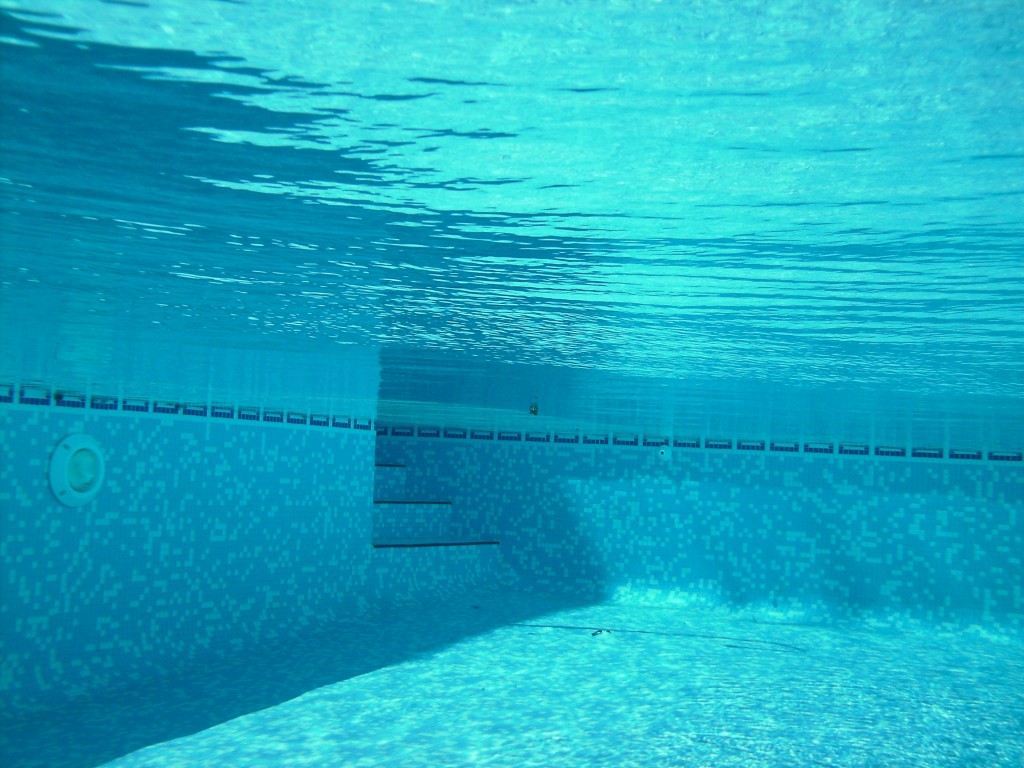Building
Building a swimming pool is an exciting and expensive project to undertake. You will be wanting years of usage, fun and exercise, as a pool makes outdoor living a pleasure. However, it is worth considering the materials used in its construction, before giving the go ahead to such a project.

Points to consider
Locating the best position for the pool
- Position the pool away from trees, so that it benefits from maximum sunshine.
- Position the pool away from flowering shrubs or climbers (such as bougainvillea), to avoid leaves and petals falling into the pool and blocking filters.
- Consider where the electricity supply is coming from and a suitable position for the pump and housing. The filtration system will require housing, sometimes an existing building can be used, if nearby.
- Position the filter as close to the pool as possible, to obtain maximum performance from the pump.
- Make sure there is easy access to the main drainage as water is pumped to the waste when backwashing.
- A water supply needs to be close by, although usually a garden hose to the nearest tap is all that is required.
- If you are considering heating the pool, due to high electricity costs, it is considered practical to restrict the size of the pool. It is wiser to have a smaller heated pool than a larger pool.
- Electricity needs to be available if you are considering having pool lights installed.
- If you are including a pool-side shower, check a suitable position for people entering the pool.
- Decide on using either built-in steps or a metal stairway for entry and exit from the pool.
- Consider the suitable size and depth of the pool for the decided location.
- Consider the proximity of the pool from the house, for toilet and changing purposes.
Constructing the pool
- The quality of a pool is only as good as its INITIAL construction.
- The quality of building materials and the method of construction – the blocks and cement. A single wall of bricks and no reinforced steel is not the best construction, but may be initially the cheapest. However, there are bound to be problems associated with this type of construction over years of usage. Using a double wall reinforced with steel gives a far more substantial construction.
- The quality of the concrete mix during guniting (high pressure concrete spraying). There is a ready mixed gunite which carries the manufacturer guarantee.
- The strength and gauge of the metal framing used.
- The quality of tiles, adhesive and grout used. Glass tiles do not degrade like ceramic tiles, but are more expensive. Anti-algae grout is far superior to white cement, which will break away and need regrouting after 6-12 months.
- The quality of the filter and pump and other fittings used.
Cleaning and Maintenance
Most pool water problems occur when there is no chlorine in the water, or when the pH level is wrong.
Once built, there is still the regular maintenance of the pool, apart from the care and pool cleaning. Many people do not realise that pools normally need re-grouting every 6-8 years, and re-tiling after 10-12 years, both of these jobs are dependent on the initial quality of the materials used. There are differing qualities for tiles and grout which can add years to the usage, but obviously cost more initially. Some types of grout are far more expensive to use, but give a life time guarantee.
Points to consider
- Buy a good chemical test kit and work out the volume of water in the pool in cubic centimetres – this is essential for getting the quality required. You then need to check the levels of chlorine at regular intervals. In hot weather it is advisable to check every few days. Never allow the levels to go too low as it will stop killing harmful germs and algae. At the same time check the pH level to ensure that the chlorine is working properly.
- Keep the water circulating regularly to help filter the water. The longer the pool water is being filtered, the better it cleans the water. It is advisable to run the circulation pump continuously for four hours out of every twelve throughout the year. In the summer months when it is being used more regularly, use the pump to circulate for even more hours. This is because Algae breed more rapidly in sunlight so operating your system when the sun has gone down will be more effective than just running it during the day.
- Follow the manufacturer’s instructions on your filter and backwash it (i.e. reverse the flow and drain the dirt that has accumulated on the top. This should be done at least once every couple of weeks. Remember to watch the pressure gauge while doing this task so you don’t go into the red zone, i.e. too much pressure.
- Clean the skimmers at the end of the pool once a week taking out leaves/petals and anything else that obstructs the water flow.
- Vacuum the pool on a regular basis. You can buy an automatic pool sweep to vacuum the pool on a regular basis. If you are using a hose to vacuum, exclude air from the vacuum hose before connecting it to the attachment in the skimmer.
- Use a brush to clean the sides and bottom of the pool, to make sure that any algae that may discolour the tiles, grouting or liner is removed. Remember to check around the steps, under-water lights and ‘dead spots’ where water movement is minimal.
